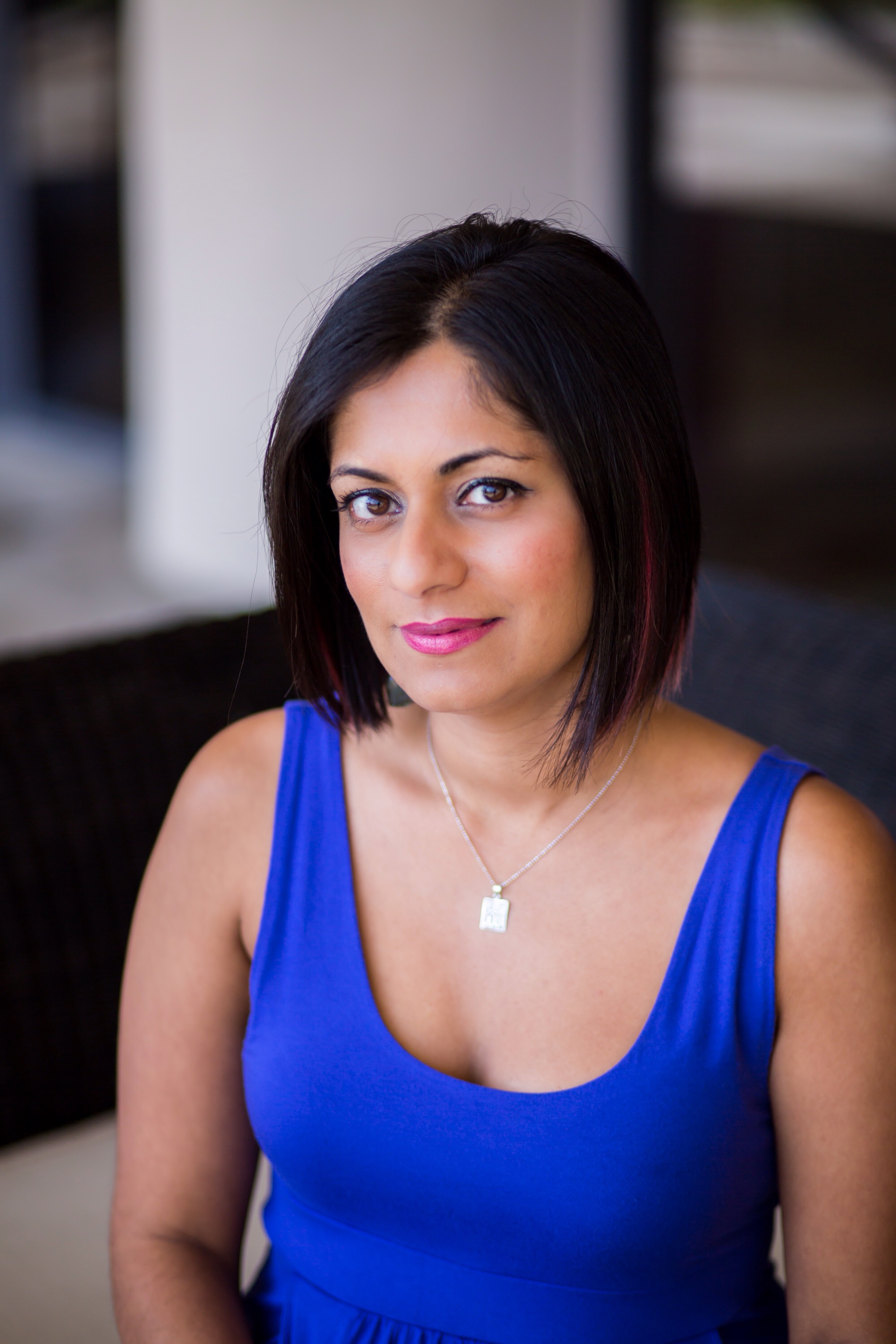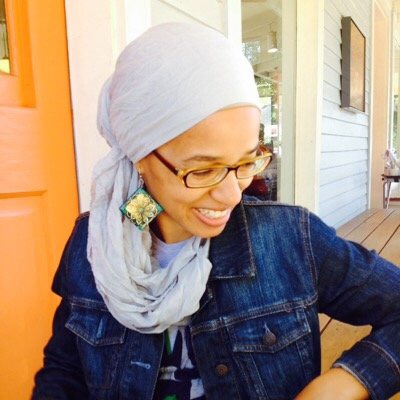
Three years just doesn’t have the same ring to it as one month, or one year, or two. At three years, you are supposed to be better. You are supposed to be healed. You are supposed to forget. Three years is a long time. It’s dismissive. Less empathetic. Condolences are non-existent and hugs are shorter.
I almost didn’t believe it. I had to look at the calendar and count backwards because it was unbelievable to me that so much time had passed.
On Monday, June 2nd, 2014 – it will have been three years since Mom died.
+++++
Let me tell you about sunsets. About Maghrib time. About how she called us home.
Mom’s azaan was garish and obnoxious. “Munneeeeeeee!” she’d scream my dhak naam from her bedroom. “It’s namaaaaaaaaaaaz time!” If I was playing with something and I didn’t acknowledge her call, she’d scream it again, this time even louder. There was nothing refined about her – that’s just how she was. As a kid, I would always get scolded for calling people from the other room – but the older Mom became, the more acceptable it was for her to practice the eccentric habits we were parented away from.
The television would be turned off. The blinds would be drawn. Books would be dogeared. If it was summer time, and we were playing outside, we’d tell the neighborhood kids it was prayer time and we had to go home. If we ignored the streetlights going on, we ran the risk of mom screaming at us from the open front door. Loud enough for the whole block to hear. If we had friends over, we’d tell them we’d be back, and that “we had to go pray.”
We’d lay down the prayer mats, cover our heads with cotton scarves, stand by mom, mimic her movements, and pray.
My favorite prayer mat was shiny and blue, smaller than all the rest. I used to draw circles into the velour-like fur, after duas were made. It had belonged to my mother when she was in college – or at least that’s the myth I tell myself. I have no way of fact checking that now. I loved it because you could see the indentations where previous feet had rubbed away at it. When you are little, things being worn away symbolized an impossible length of time. To me it was awe inducing. It was the prayer mat that I grabbed when I went away to college.
The older we got, the more into Islamic paraphernalia dad became. He bought the fancy prayer mats with the compass. The picture of the Kaba with the rotating neon lights behind it. The thosbees made from glittery gemstones. The hand-embroidered scarves from Medina. But at the end of the day, I grabbed the apple-printed scarf Mom had sewn for us with cloth from Joanns Fabric. At mom’s janaza, it was the plain white plastic thosbees from my childhood with the matted, threadbare green tassels that I held tight and wrapped around my wrist as I prayed.
As I grew older, ‘making us pray’ became one of those teenage battles in our house. The biggest battle being that in high school, curfew was set by prayer time and streetlights, and that was impossible to adhere to for a student active in school activities – especially in winter time. By the time we kids became adults, Maghrib prayers were still announced (albeit less garishly), but they stopped being enforced. Prayer became a personal adult choice.
I asked her once, when I was older, why she only did these rituals for Maghrib prayers and none of the other prayers. As an adult, I heard how other people were raised on Islam. I thought it was curious that in our house it was so selective. Mom didn’t call us for all five of the prayers – even though she and my father kept all five. She only kept these pretenses up for Maghrib prayers. She said it was easy. That she wanted to give us at least one touchpoint every day. She said she wanted to make it a habit in our lives and that Maghrib time was when we were all at home.
Or at least, that’s how I remembered what she said.
++++
They say that if you look at the sun setting over the Pacific Ocean sometimes you will see a green flash of light at the precise moment the last portion of the sun sinks below the horizon. I can’t tell you how many times I’ve stared at that horizon trying to capture those green rays through squinted eyes. They also say, if you are a woman with uncovered hair out at Maghrib time, jinns will swoop down and grab you by the hair. I can’t tell you how many times I’ve stared at the dimming sky wondering if that gendered fear tactic really worked to bring women indoors at night.
++++
“How did she die?” the volunteer asked me today. We were phone banking for elections, and we had taken a break for lunch. She was 50-year-old Korean woman and I had told her my mother had been close to her age. She had just told me she took up smoking a pack a day last year to lose weight.
“I don’t know. She just did,” I mumbled dismissively.
I find it a ridiculous and rude question from strangers. It’s the question that people ask because they are trying to gauge their own mortality. Like – if it was an accident, well then – that’s unavoidable. But just how unavoidable is it? The thing is, I’ve pored over her medical records, have had lawyers and doctors explain to me repeatedly what it all means, her blood toxicity, her cardiopulmonary arrest, her dropping blood pressure, her failing organs, her shakes, her fever, her body failing.
At one point, I knew the medical storyline of how her body failed her, but, at the same time, I never really knew. Her death certificate says septic shock, unknown etiology. Even her death certificate doesn’t know.
++++
Sunsets in Oakland are bright, with shocking ruby reds, and streaks of orange. Sometimes violet speckles the skyline. The colors are so bright they are violent. They tear through the sky and rip clouds in colors.
Sunsets in Southern California, on the other hand, are muted and dusky. It’s the brisk desert chill or the cloudless bitter skies that makes the instagrammed awning look like a flashback to the 70s. The pale pinks fade into pale blues into lightly dusted stars. When it’s Maghrib time, it’s almost like there is an exhale, a relief to the hot sands and palms as the night chill descends. The mountains to the north lay in lavender shadows, and palms fronds silhouette the cloudless, graying sky.
I’ve collected tubes of magenta, fuchsia and cadmium to capture those colors. The canvasses that line the walls of my tiny apartment are a manic array of California sunset rays, collaged with aerograms, stamps, and pages of Tagore. The paintings started pouring out of me after she died. As a writer, the words got stuck in my throat and putting them down became a debilitating task. But putting colors to my feelings became meditative, healing even. It was easier to emote through colors than words.
The sounds of Maghrib are nostalgic. They remind me of Mom, now. It’s the quiet drone of the freeway down the block, dotted with the occasional growl of a semi truck. It’s the sound of the chirping birds, or the rustles of the leaves from the lingering Santa Ana winds. In Southern California, if you listen close enough, you can hear the echoes in the wide desert skies as the sun descends. It’s the big open windows, sucking the cool night air into the darkening house. It’s sitting on the carpet in my childhood bedroom, daydreaming out the window and listening to the silence descend.
It’s the sound of what’s missing that I hear in those colors. The echoes of her voice.
++++
In Islam, they say you are not supposed to remember death anniversaries. Something about how after people are gone, they are gone. Living in the present moment. But how are you not supposed to remember, when everything reminds you of what happened at this time one year ago, two years ago, or three?
++++
“Salaam ’alaykum??” the woman answered when she picked up the phone. I could hear a television in the background, the sounds of a Bollywood movie, it seemed.
“Walaykum asalaam. My name is Tanzila,” I responded, careful to use my bhaloh naam with a strong Bengali accent. “We are calling the Bengali community to turn out to vote for the June 3rd primary elections. Are you planning on voting June 3rd?”
“I don’t know.” She struggled with her English. Her Bangla accent was strong.
“Do you know where your polling place is?” I asked. I knew that if only I could speak proper Bangla, I’d be able to clarify her confusion. But I never learned what the words were to “polling place” or “elections” in Bangla. The one time I asked Mom how to say “vote” in Bangla, she responded with “vote” in a heavy Bangla accent.
I tried all the same to use my Banglish to communicate with the constituent. I told her her polling place was at the church, not the school. That polls were open till eight.
“Do you have any other questions?”
“No, thank you for the reminder call.”
I looked at her age in the database. She was only a couple years older than me. She had a husband who was also registered to vote. I wondered in what world we would have been friends. We might have been the same age, but we were a generation apart.
The next call was answered by a young girl. She said her dad wasn’t home. She had an American accent. “Just tell him I’m calling to remind him to vote on Tuesday.”
“Okay, I will!”
It reminded me of when I was a little girl, answering the phone when people called asking for my parents. How protective I would become. Even at an early age, I knew I didn’t want them to be taken advantage of.
I almost lost it, right then and there in our phone bank room, surrounded by mostly teenage volunteers making calls to their own sub-ethnic Asian communities. I had to go outside to take a breath. It was too much.
These women sounded like Mom, not just in voice, but also in the narratives they shared. It was intimate, to hear these voices speaking Bangla to their family on the other side of the phone, and then speaking English with me. It was lonely too, because as a kid I had always felt like I was standing on the margins of the Bengali community. I was different and immersed in books and social justice. Yet here I was, calling these first-generation Bangladeshi Muslim American adults my age to get out and vote. People who shared the same immigrant civic engagement narrative as my mother, only 30 years later.
In my career of mobilizing communities to vote, I had always used the same origin story to explain why I did what I did. It was the story of how my mother felt disempowered after September 11th and how she said, “No matter where I go in the world, I will always feel like a second-class citizen.”
Recently, Colorlines asked me how my mother had been my inspiration as an activist. I hesitated, because my parents were never fully supportive of my non-traditional career path. But at the same time, their struggles in America and the injustices they experienced here were why I chose to do political work. I was working to make the world a better place for my mother.
But what does it mean to continue to do this work after she’s gone? What was the point in making the world a better place if she was my inspiration in doing so?
++++
On Monday morning, we will go to the grave. We will lay flowers down. Dad will read duas as we stand by his side. I will clutch plastic thosbees and the cotton scarf on my head. The breeze will blow as if it is sunset, as it always does there.
And then I’ll go back to work, because it is campaign season, after all, and Tuesday is Election Day.
—
To read more posts by Tanzila, click here.
Tanzila “Taz” Ahmed is an activist, storyteller, and politico based in Los Angeles currently working as the Voter Engagement Manager at Asian Americans Advancing Justice – Los Angeles. She was a long-time writer for Sepia Mutiny, and was recently published in the anthology Love, Inshallah: The Secret Love Lives of American Muslim Women and both zines from Totally Radical Muslims. Her personal projects include curating images for Mutinous Mind State and writing about Desi music at Mishthi Music where she just co-produced Beats for Bangladesh: A Benefit Album in Solidarity with the Garment Workers of Rana Plaza. Taz also organizes with Bay Area Solidarity Summer and South Asians for Justice – Los Angeles. You can find her rant at @tazzystar.











